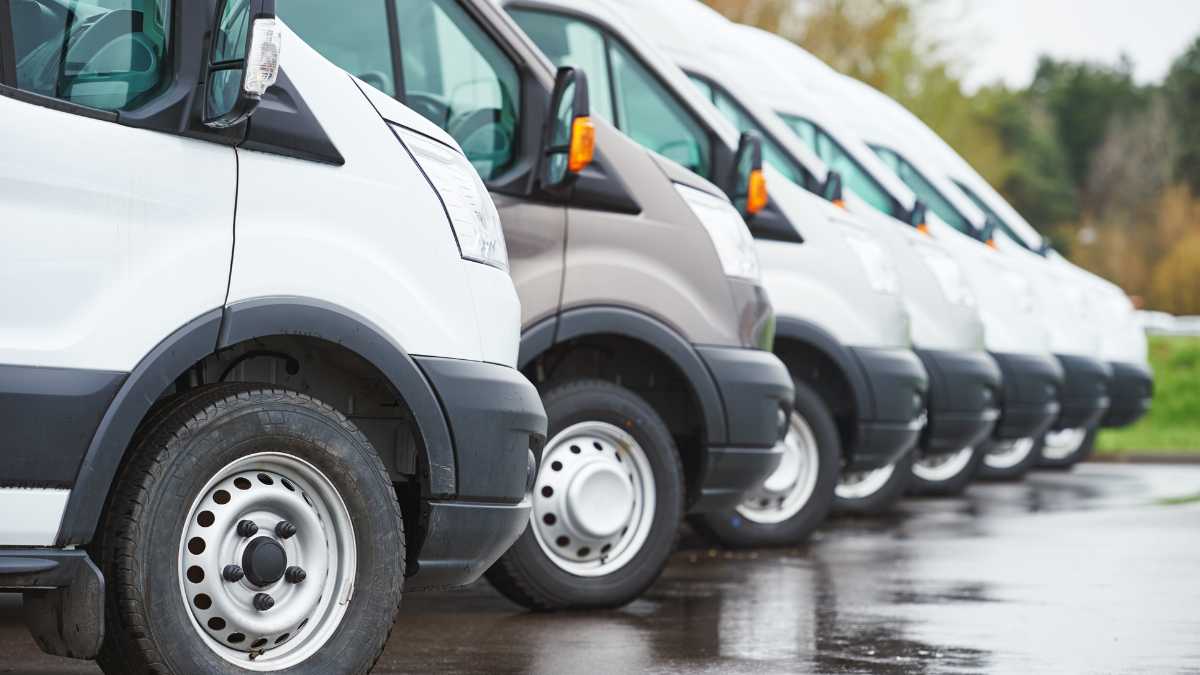As a business owner, understanding the intricacies of tax rules related to your company vehicles is crucial for making informed tax planning decisions that can significantly impact your bottom line. Among these considerations, the tax depreciation rules for business automobiles hold significant weight. The complexity of these regulations can often lead to confusion, especially when dealing with passenger autos and heavier vehicles like SUVs, pickups, and vans.
Here, we’ll break down these rules and their implications to help you optimize your business vehicle decisions.
Understanding Depreciation Calculation Methods
When calculating depreciation for a business automobile, you can opt for either the standard mileage rate or the actual expense method.
Standard Mileage Rate: This method allows you to deduct a set rate per mile driven for business purposes. It simplifies the process but might not always yield the maximum deduction. This rate includes a built-in depreciation allowance.
Actual Expense Method: Using this method, you calculate depreciation over six years, with decreasing percentages applied annually. If the vehicle is used for business purposes less than 50% of the time, the straight-line method becomes mandatory.
Navigating Annual Depreciation Ceilings
For passenger autos exceeding a certain cost threshold, annual depreciation ceilings apply. These ceilings are subject to annual change and must be proportionately reduced for any nonbusiness use. The ceiling amounts for a vehicle placed in service in 2023 are as follows. Year 1: $20,200; Year 2: $19,500; Year 3: $11,700; and $6,960 for any following year until the vehicle is fully depreciated.
*** Another consideration is the phase-out of bonus depreciation beginning in 2023, as stipulated by the Tax Cuts and Jobs Act, which, unless extended by Congress, will reduce the percentage of eligible property deductions in the upcoming years. (80% in 2023, 60% in 2024, to zero by 2027)
Advantages for Heavy SUVs, Pickups, and Vans
Businesses using heavy SUVs, pickups, and vans for over 50% of their operations can benefit from more favorable depreciation rules. These vehicles are categorized as transportation equipment, leading to distinct tax advantages. The gross vehicle weight rating (GVWR) serves as the defining metric in determining eligibility, which can often be found on a label within the driver-side door.
These include advantageous accelerated depreciation rules, these vehicles are not subject to the same annual depreciation ceilings as passenger autos, and flexibility in business use from transportation to commercial hauling activities.
Implications for Business Vehicle Decisions
When evaluating depreciation limits, it’s crucial to understand how they affect the after-tax expense of business vehicles. Deferring depreciation deductions to later years can change the value of tax savings, impacting the actual cost of the asset. This underscores the need for thoughtful tax planning and foresight to manage taxes effectively.





